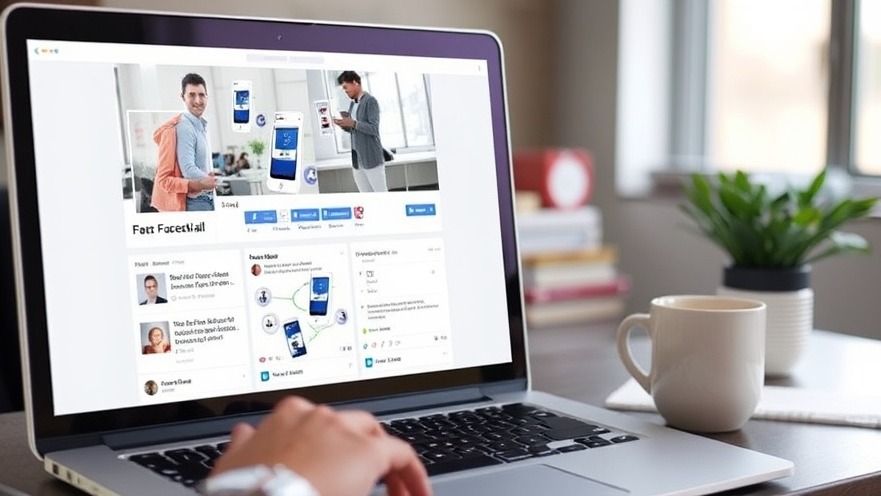
The Fortune Is In The Follow-Up: Maximizing Your Ad Spend
In today’s competitive landscape, businesses are constantly vying for the attention of potential customers. Aleister, a seasoned entrepreneur with a rich background in Facebook advertising, emphasizes that the critical element to successful marketing lies in an effective follow-up system. Having invested over a million dollars in Facebook ads for his carpet cleaning and pressure washing businesses, he has pinpointed several key strategies to maximize returns on ad spend.
In 'The Fortune's In The Follow Up - Carpet Cleaner Marketing Tricks', the discussion delves into the importance of effective follow-up strategies, sparking deeper analysis on how businesses can optimize their advertising returns.
The Importance of Prompt Response
One major takeaway from Aleister’s experience is that speed matters. When a lead comes in, a swift response is crucial. Aleister suggests that many businesses falter by taking too long to address inquiries, leading potential customers to lose interest. Implementing automated responses ensures that leads are engaged immediately, sparking interest and reducing the chance of losing out on a sale. For example, sending an instant text message to thank customers for their interest can boost the chances of conversion dramatically.
Persistence is Key in Following Up
Another critical insight is the value of perseverance. Aleister has observed that many business owners often give up after a minimal number of attempts to reach out. He advocates for a systematic follow-up process that includes multiple touchpoints, such as calls and text messages, over a period of time. By automating follow-ups, businesses can ensure they remain in the customer's mind, which is essential for closing deals. Persistence proves beneficial when potential clients are reminded of the service they initially expressed interest in.
Staying Organized to Avoid Missed Opportunities
Being organized is fundamental to managing leads effectively. Aleister’s strategy includes a lead pipeline where new leads can be categorized based on their interaction levels. By doing so, businesses can track who has responded, who needs a follow-up, and who has successfully booked a service. This organizational method minimizes the risk of important leads slipping through the cracks, ultimately preserving marketing investments.
Automate to Maximize Efficiency
The integration of automation tools facilitates quicker responses and regular follow-ups without demanding much effort from staff. Aleister's approach showcases how technology can enhance customer engagement. By adopting these automated systems, businesses can not only maintain regular communication with potential clients but also refocus their efforts on other essential tasks, thereby optimizing productivity and improving customer acquisition strategies.
The Long-Term Vision: ROI and Business Growth
Business owners should recognize that an effective follow-up strategy is not just an operational task; it’s a long-term investment with significant potential returns. As Aleister reminds us, allocating resources towards refining follow-up processes can reshape customer acquisition strategies for growth. The returns can translate into higher conversion rates and ultimately contribute to the overall trajectory of the business.
In conclusion, the insights shared by Aleister underline the crucial elements of timely response, persistent follow-ups, and organized lead management in maximizing the return on advertising spend. For those in the cleaning industry or other service-based sectors, embracing these principles can lead to substantial business growth.
 Add Row
Add Row  Add
Add 




Write A Comment